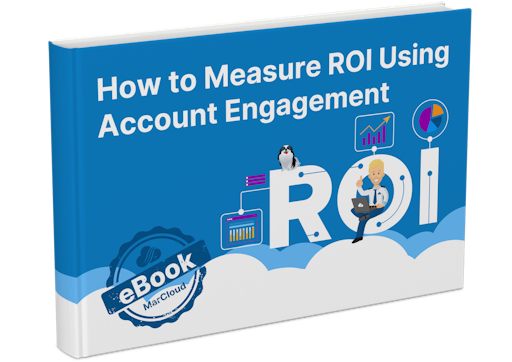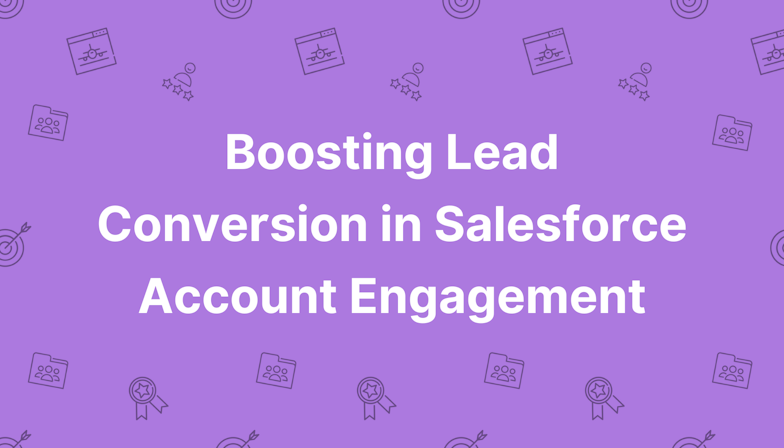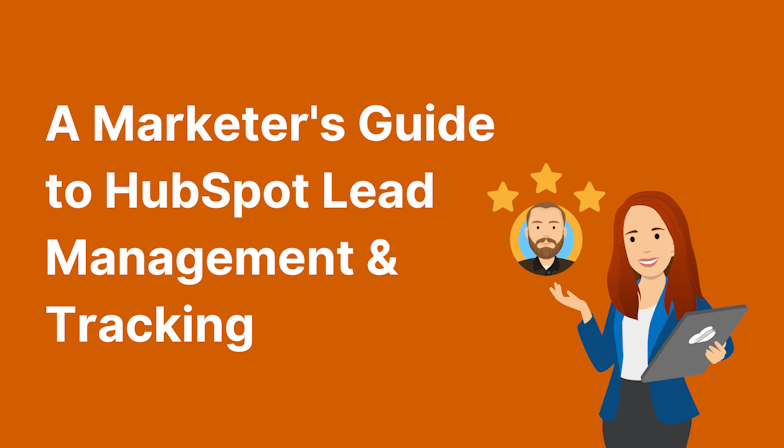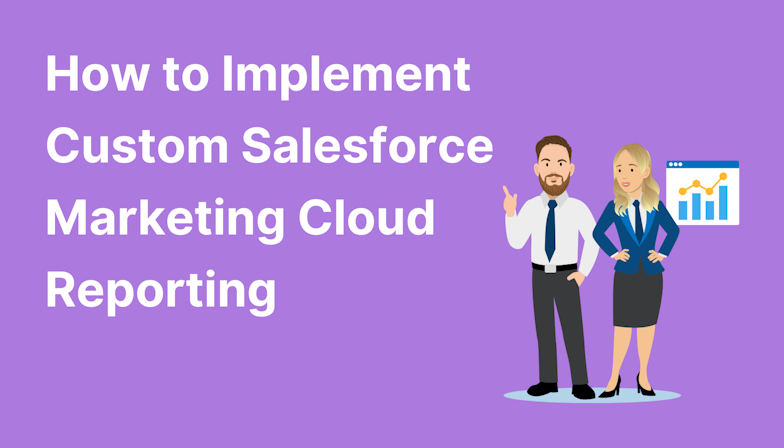Key takeaways from the webinar
Understanding email reporting in MCAE
Email marketing remains a crucial tool for engaging prospects, nurturing leads, and converting customers. However, without the right reporting, it’s difficult to tell whether campaigns are working as intended. This webinar focuses on how to effectively measure email performance, without delving into B2B Marketing Analytics (B2BMA) - separate webinar on that topic coming in the future!
Account Engagement email reporting: What you need to know
To improve email marketing effectiveness, understanding key metrics is essential:
Delivery rates – Are emails reaching inboxes, or are they getting stuck in spam filters?
Open rates – Are recipients actually opening your emails?
Click-through rates (CTR) – Are they engaging with your content?
Bounces – How many emails failed to reach recipients?
Engagement reporting provides a deeper understanding of how each email performs.
Additionally, looking at the email client breakdown ensures templates are optimised for different devices and email clients, improving accessibility and engagement.
How Sales Cloud reporting enhances marketing insights
Email marketing doesn’t exist in a vacuum. While tracking email performance is important, it’s just one part of the bigger picture. This is where Sales Cloud reporting plays a vital role.
Sales Cloud reports provide a broader view – rather than looking at single email performance, it helps assess overall marketing effectiveness.
Custom report types for deeper insights – Sales Cloud allows for more advanced reporting beyond standard metrics.
Campaign records as a linking tool – Bringing together different marketing efforts ensures data remains connected and useful.
Building effective reports for actionable insights
Creating effective reports requires more than just pulling data. It’s about structuring reports in a way that provides clear, actionable insights.
A step-by-step guide to setting up Sales Cloud reports was covered in the webinar, including:
Applying filters to refine data and focus on what truly matters.
Grouping data to highlight trends and patterns.
Visualising findings with charts and dashboards to make insights digestible for stakeholders.
Unlocking the power of dashboards
Reports are useful, but dashboards take reporting to the next level by providing a real-time, visual representation of performance. A well-structured dashboard enables marketers to:
Tell a compelling story using data.
Ensure team members receive updates automatically.
Establish targets to track progress against goals.
Use refresh functionality to ensure data is always up to date.
With these features, marketing teams can make informed decisions faster and share insights with leadership more effectively.
Best practices for reporting success
Effective reporting is about more than just tracking numbers. Marketers must use data to drive better decision-making. The webinar highlighted several best practices to ensure success:
Ensure reports are actionable: Data should inform decisions, not just exist for the sake of reporting.
Benchmark and compare over time: Looking at trends provides better insights than viewing data in isolation.
Use additional resources: MarCloud offers a free Email Marketing Best Practices guide to help refine strategies.
Understanding email reporting in Marketing Cloud Account Engagement is essential for proving ROI and optimising future campaigns. This webinar provides a roadmap for Salesforce customers looking to enhance their reporting capabilities.
Watch the full webinar to explore these insights in more detail and get practical steps for improving your marketing reports.
Need expert guidance? Request a call with MarCloud to discuss your marketing challenges and how to boost ROI.





